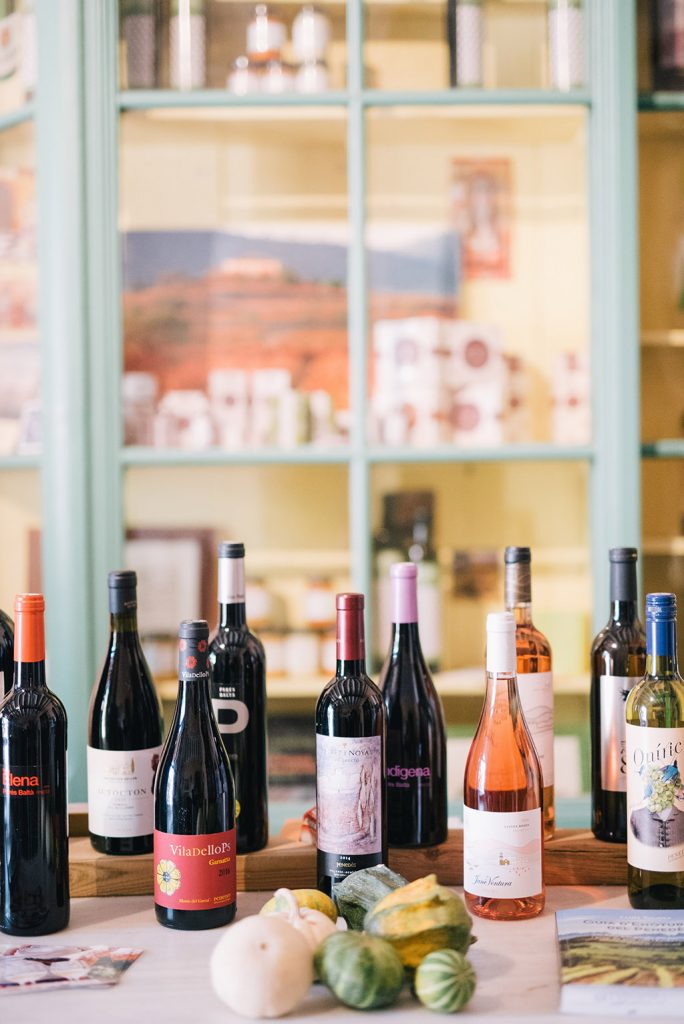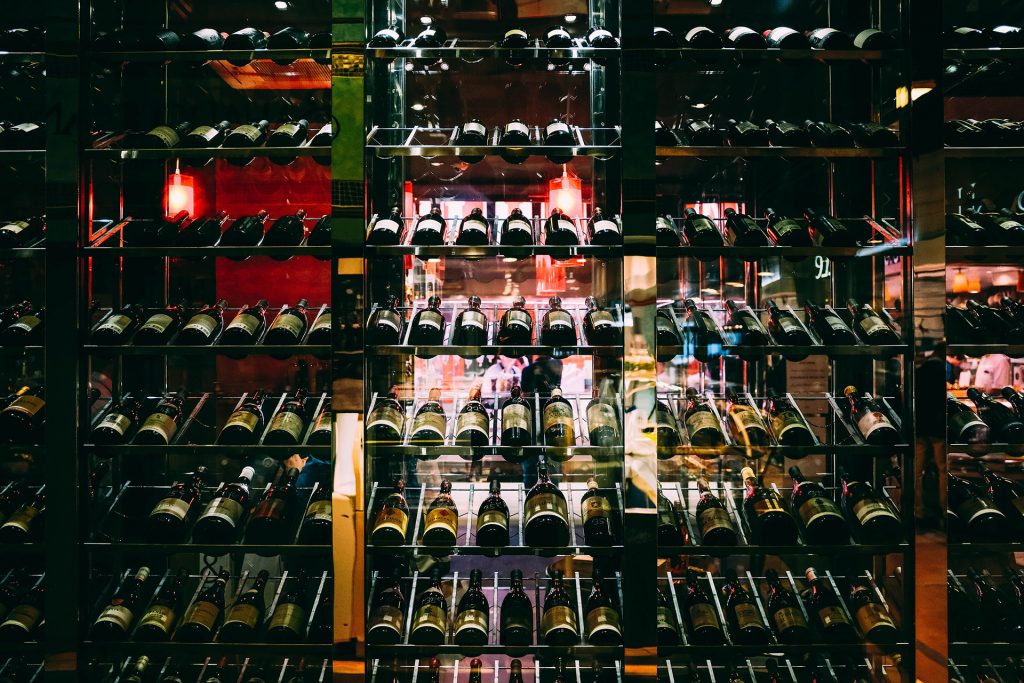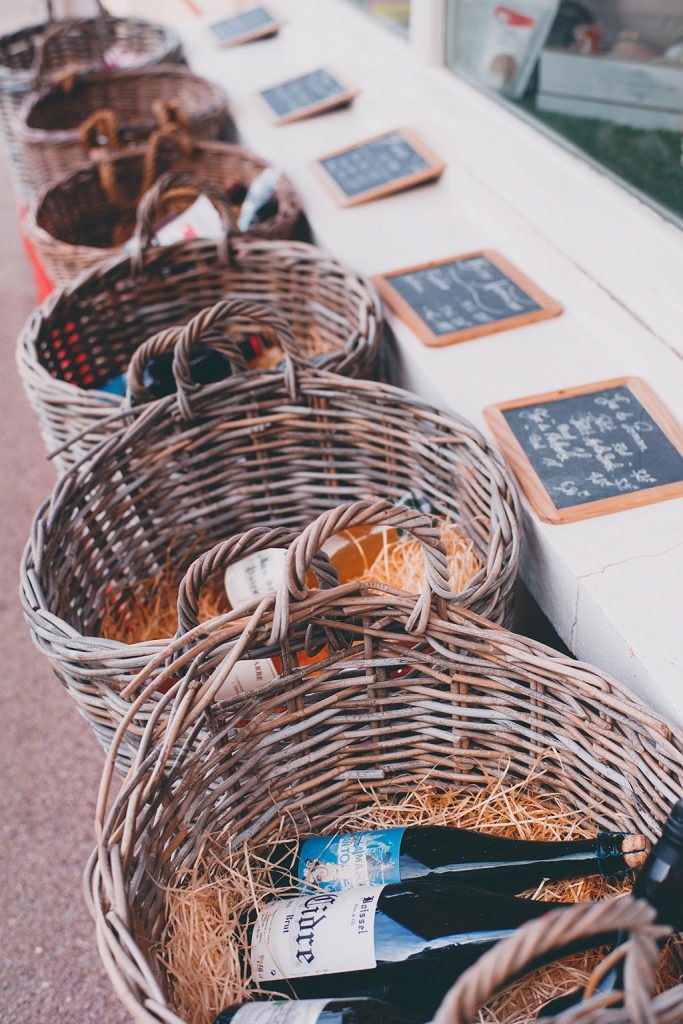Hello wine lovers! This is another post dedicated to my new best friend, the hero of my post-lockdown outings. Today I’ll share you what he’s tought about how to choose a wine for beginners!
A few weeks ago, some work colleagues and I finally agreed to celebrate the new, post-Covid era, now that we’re all vaccinated. We met up near Brooklyn Bridge Park, at Melisa’s apartment to toast all the birthdays we’d missed and watch the sky turn red as the sun went down over the Manhattan skyline.

Melisa doesn’t have much glassware so I brought what I had from home and asked whoever else might have some to bring theirs because the wine was an important part of the celebration and I refused to see it end up in plastic cups. I take my wine education very seriously!
How to choose a wine for beginners
I was thinking about a white, to put some of what I’ve been learning recently into practice and because my 2020 was super-dominated by Taylor Swift and on Instagram she’s always posing with a glass of Chardonnay.
A couple of days beforehand I passed by the wine store with my check list at the ready: it needed to be a white, with a screw cap (to show Alex that I’m listening and so I wouldn’t have to worry about a corkscrew), it had to be easy to drink for the people who aren’t used to drinking wine – yet – and easy on the pocket too so I could get two or three bottles.
Alex heard me and scanned the shelves before pointing to a bottle of red with a screw cap. It was a Pinot Noir. A whole new mystery!

“This wine goes extremely well with cheeses and snacks,” said my guru. Actually, he said a bunch more and I’m sharing the tips below to add to our haul of advice for beginners.
A couple of new wine tips for beginners
- The next level: labels. We all do it: get impatient and start choosing labels like we’re experts already but I’ve since learned that really you need to go through a few steps first. Trying to absorb all that information without guidance is like trying to decipher a code you don’t know, it can be very frustrating. Basically you’re banging your head against a brick wall.
Initially it’s best to listen to someone who knows what they’re talking about and remember the sensations the wine awoke in you. Once you’ve got a little sensory experience under your belt from the bottles that have been recommended to you you’ll be ready to tackle the information on the label. Rule number one is to bear in mind that some varieties are more intense than others: if you like stronger flavors, look for a Cabernet or Merlot, but if you want something lighter try a Pinot Noir, Garnacha or a young Malbec.
If you prefer refreshing wines, look for labels that only have the variety on them: words like “Reserve”, “Grand Reserve”, and “Oak” are telling you that the wine is more complex with greater power and character.
When it comes to regions, it’s a vast world: Alex says that in Provence you’ll find incredible rosés to suit any occasion but that in Bordeaux you need a bible to understand the wine you’re drinking. In countries on this side of the world, like Argentina, the labels I’ve been looking at have a simpler message and from what I’ve learned so far I’ve picked up this trick: if it just tells you the brand and varietal you’ve probably got a refreshing young wine in your hands.
But if it’s like Alex says and regions are the next step I’ve already noticed that a lot of Argentine wines say they’re from the Uco Valley, others, Malbecs mostly, say they’re from Mendoza (a few say Salta). I’ll have to check these places out. For now, Alex is being very mysterious: all he’ll say is that they’re from the Andes. I know a little about the Rockies and the Appalachians but nothing about the Andes at all. Stay tuned.
- Leave room to be surprised. Lately Alex has been setting me a challenge I love: encouraging me to look beyond what I came in for. Like when I arrive with a white in mind but leave with a red, or even when I ask for a specific wine (maybe a Cabernet Franc, dad’s favorite). The truth is that taking me out of my comfort zone and trying two or three options of similar styles makes the universe all the more alluring (is there anything sexier than being taken by surprise?)
If you’re looking for a bottle for someone with classical taste, an interesting change might be to opt for a different producer, another region or a new blend or varietal, because every wine is unique.
I’m really enjoying the process of summing up everything I’ve learned and seeing it reflected in experiences that grow more delicious and thrilling every day.
Tell me how you’re putting these tips into practice!
Today I’m spending the day at home with Taylor Swift (specifically, with her most recent album), this time with a glass of Chardonnay and a plate of pasta. Until the next bottle!



